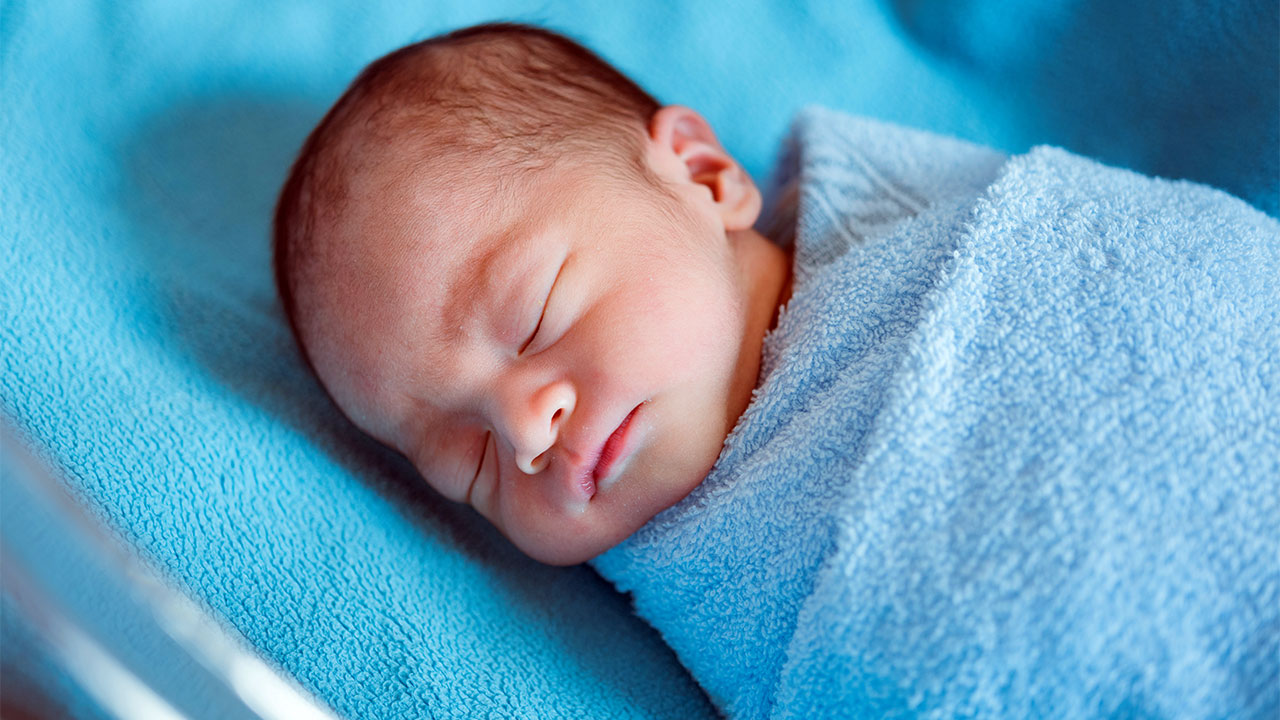
How do I do skin-to-skin contact with my baby?
Ask for your baby to be placed directly on your chest right after birth, with a cap on her head and a warm blanket across her back. It's best if this can happen as soon as your baby is wiped off, even before the umbilical cord is clamped and cut, and before your baby is cleaned, checked, and weighed.
But even if it takes a few minutes for this to happen, it's now well understood that skin-to-skin contact can make your baby's early moments in the world smoother and less traumatic. Skin-to-skin contact is also called "kangaroo care," because it mimics what kangaroo mothers do: hold their newborns in a pouch attached to their bodies for safety, warmth, and ease of feeding.
What are the benefits of skin-to-skin contact with my baby?
Skin-to-skin contact offers several benefits for newborns and their moms:
- Warmth. Newborns can't regulate their body temperature well (such as by shivering to keep warm). Your body heat keeps your baby warm and cozy.
- Comfort. Researchers have found that newborns who had more skin-to-skin contact cried less.
- Easier breastfeeding. Newborns who are placed on their mother's chest immediately after birth often begin "crawling" or nudging themselves toward the breast to begin nursing. Some studies have shown that babies who get plenty of skin-to-skin contact latch on easier and nurse for longer.
- Stable heart rate and other health markers. Researchers have found that newborn babies who had more skin-to-skin contact had more stable heart rates, blood pressure, and blood glucose levels than babies who had less.
- Protection against infection. If skin-to-skin contact with your newborn happens before the baby's even cleaned off, there's evidence that he'll be less prone to infection because he has more time in contact with the beneficial bacteria you transmit to him during a vaginal birth.
Skin-to-skin contact offers extra health benefits for premature babies, including:
- Improved neurological development
- Better and faster growth
- A shorter stay in the NICU
- When it happens right after delivery, skin-to-skin contact causes your brain to release a hormone called beta-endorphin that works like a mild analgesic, helping you feel calmer and more relaxed.
- It also causes your brain to release more oxytocin, a hormone that promotes both bonding and breastfeeding.
What if I can't have skin-to-skin contact with my baby right after birth?
Sometimes skin-to-skin contact isn't possible immediately after birth. If your baby has a health issue, seeing to his immediate medical needs is more important than skin-to-skin contact. If that's the case, don't worry – that closeness and contact can and will happen later.
If you have a c-section, you may not be able to have your newborn placed on your chest while you're on an operating table. However, many hospitals now routinely give moms the option of immediate skin-to-skin contact after c-sections.
But if you're not feeling up to it right away, that's fine. Your partner can initiate bonding with skin-to-skin contact instead. Skin-to-skin with dad or another partner can help your baby with heartbeat and temperature regulation as well.





















